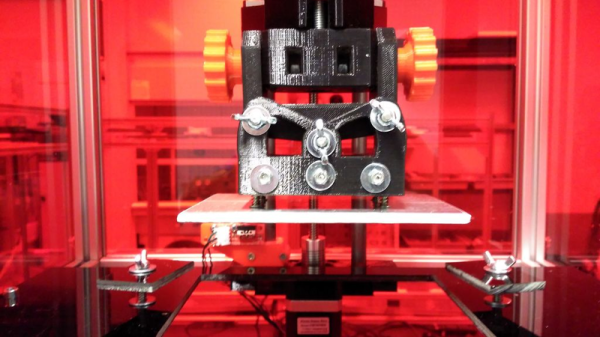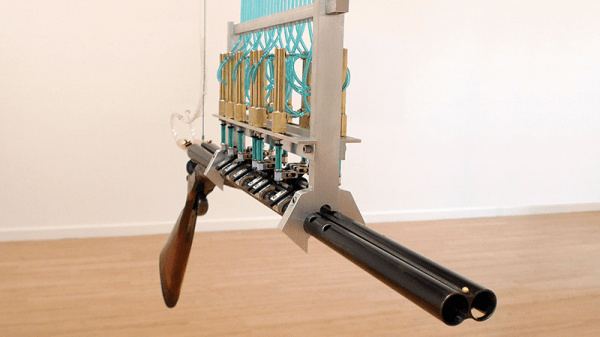There was a time when electronic hackers (or hobbyist, enthusiasts, geeks, or whatever you want to be called) were better than average at geography. Probably because most of us listened to shortwave radio or even transmitted with ham radio gear. These days, if you try listening to shortwave, you have to be pretty patient. Unless you want to hear religious broadcasters or programming aimed at the third world, there’s not much broadcast traffic to listen to anymore
The reason, of course, is the Internet. But we’ve often thought that it isn’t quite the same. When you tuned in London on your homebrew regenerative receiver, you wanted to know where that voice was coming from, and you couldn’t help but learn more about the area and the people who live there. Tune into a BBC live stream on the Internet, and it might as well be any other stream or podcast from anywhere in the world.
The New Shortwave
Maybe we need to turn kids on to Radio Garden. Superficially, it isn’t a big deal. Another catalog of streaming radio stations. You can find plenty of those around. But Radio Garden has an amazing interface (and a few other unique features). That interface is a globe. You can see dots everywhere there’s a broadcast station and with a click, you are listening to that station. The static and tuning noises are a nice touch.


















